Cycling Two Lane Rural Roads Dangerous Situations Tips Bike Blogger
Cycling on two lane rural roads near my neighborhood, and dangerous situations to avoid. There was also one steep hill climb.
We can always ride a little safer. This video demonstrates some close passes that could have been avoided. It may feel easier to ride near the shoulder all the time but it is less safe.
I think it basically comes down to controlling the lane when needed to prevent bad moves, and making your safety the priority.
I guess the roads in this video have double yellow lines and no broken yellow lines (for passing) because of all the driveways, the length of the straight sections of road, visibility, use of stop signs, speed limit, etc.
Dangerous pass situations
4:14 Tight turn partially blocked
8:00 Turn uphill with opposite traffic
8:33 Opposite traffic approaching
10:35 Opposite traffic approaching
Below are some more tips you may find useful.
Cycling On Rural Roads Tips –
Where do you position yourself when cycling on rural roads? Some believe you ride in the center of the lane as usual (whenever the lane isn’t wide enough to split/share, or you are going the speed limit). Others believe you ride in the shoulder. If the shoulder is clean and wide enough you could ride there but you will be less visible. Drivers tend to be less attentive on quiet rural roads.
When do you take the lane on a rural road (if not always)? When crossing intersections and driveways it is a good idea to signal and move to the center of the lane because you will be more visible there. Also, you should take the lane when opposite traffic is approaching, or there is an upcoming blind turn, to discourage any following traffic from making an unsafe pass – lane split. To acknowledge traffic behind you use the stop hand signal and then wave them on once the opposite traffic has passed. If you are going the speed limit (downhill) go ahead and take the lane.
Simply taking the lane whenever it is too narrow to share is good advice, but this does require occasional monitoring of what is going on behind you – at least on two lane roads to interact with traffic effectively.
How do you make a turn when on a rural road and crossing opposite moving traffic? It is probably best to do it quickly rather than in multiple steps; signal and look and then make your move. Drivers tend to speed on rural roads and so their reaction time is shorter and their braking distance is longer.
How do you proceed through rural intersections? There will be less, and so if no one is waiting at a stoplight ahead you may consider slowing down gradually and hopefully cars will get their before you and then you don’t have to stop. If there is a stop sign and several cars are behind you, you could use the opportunity to slow down way ahead of the stop sign to let them pass because you will have to stop anyway, but this isn’t necessary. The closer you can match the speed of other traffic the safer you are? Some disagree because many motorists expect cyclists to be slow like farm and construction equipment.
Use bright lights to stay more visible. Bright clothing is also helpful.
Video – Vehicular Cycling Tips Traffic Bicycle Commuting Bike Blogger
https://www.youtube.com/watch?v=w4sEp1SLiZs
Hill Climbing Shifting Tips –
There was one big hill in this video where I did not downshift enough, and just decided to climb single speed style (old habit) with a gear ratio over 3.0! I should have probably been down to 2.0 on that climb (gear ratios are a personal thing). Ah the smile on my face when it was over. 🙂
Lowest gear ratio by crank type examples; Road 1.56; Compact 1.36; Triple 1.2. If you have very low gearing you should be able to climb steep hills using energy comparable to riding at a fast pace on flat terrain (slower going uphill of course though).
70 rpm is a good starting climbing cadence. Once you figure out your favorite climbing cadence you can figure out your favorite climbing gear/s.
You lose energy each time you shift, so large hills is obviously where having multiple chainrings becomes most useful. Shift down before the hill and turns so you lose less momentum – you lose speed on a shift and on a hill/turn, but if you shift beforehand you can more easily gain back what you lost. After rolling over the hill crest and getting your leg speed/cadence up as high as possible then you shift up so you don’t lose speed on the shift.
Some people mash/grind uphill. If you plan to climb out of the saddle make sure you shift up to a harder gear because you will be pedaling at a lower cadence out of the saddle you want to maximize your efforts. Position your body over the crank (closer near the nose of the saddle) and gently rock the bike back and forth with your pedal stroke while keeping your body relatively still. Don’t mash too hard on wet hills or your bike could lose grip. If your pedal stroke is not smooth, neither will be the forward motion of your bike.
Thanks for watching! And please subscribe!
http://www.bikeblogger.com

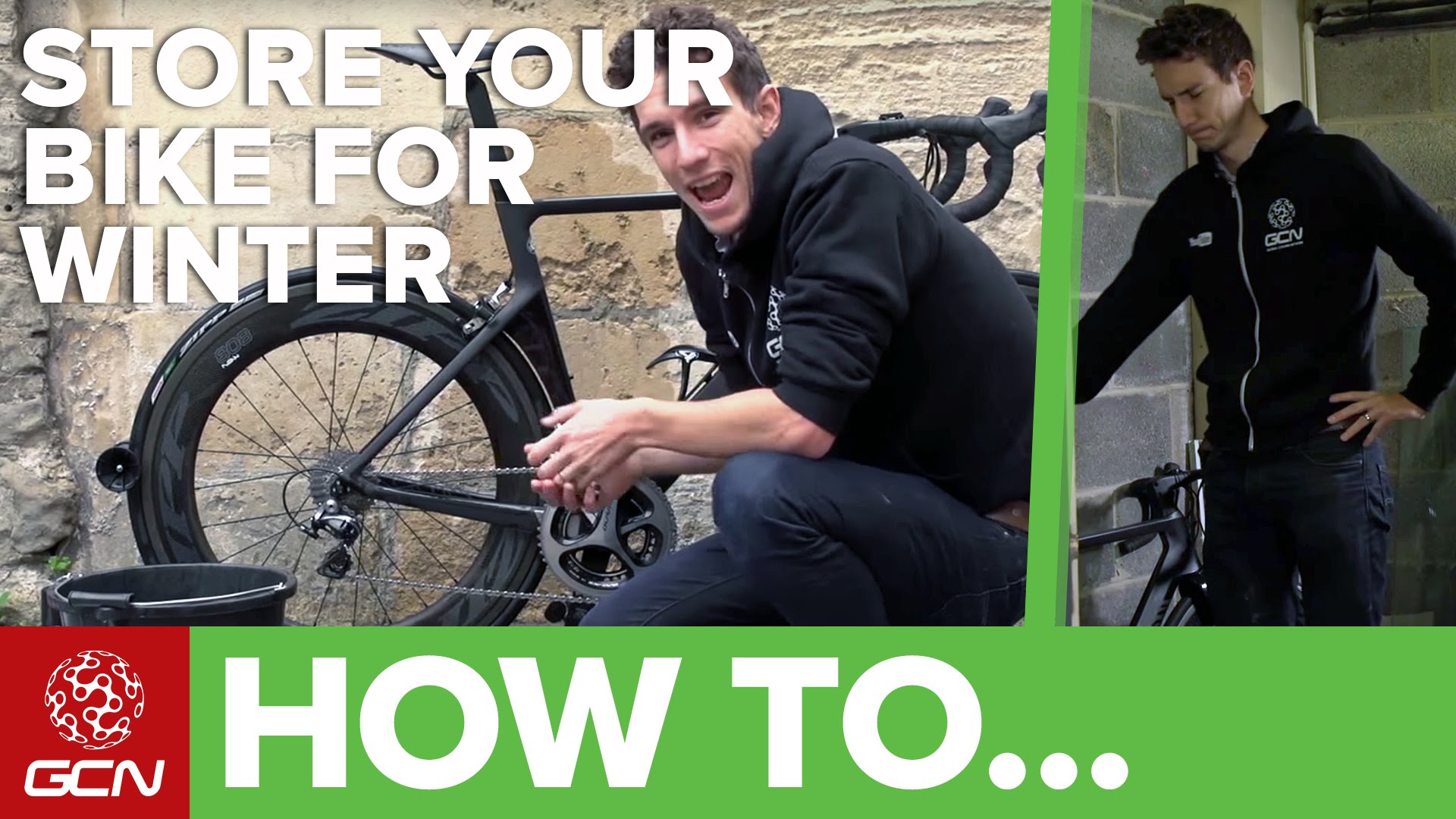
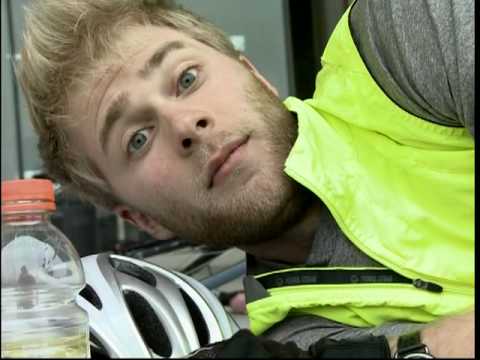




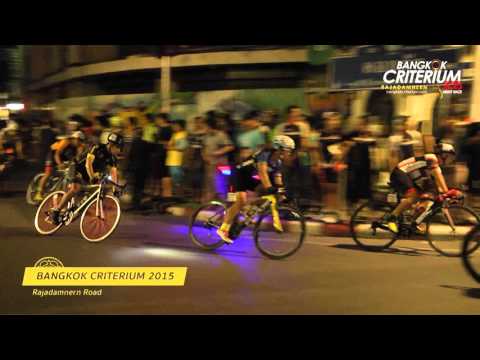

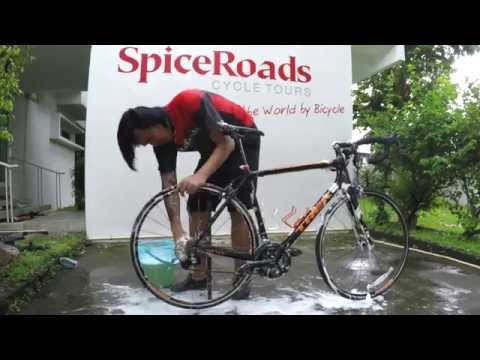
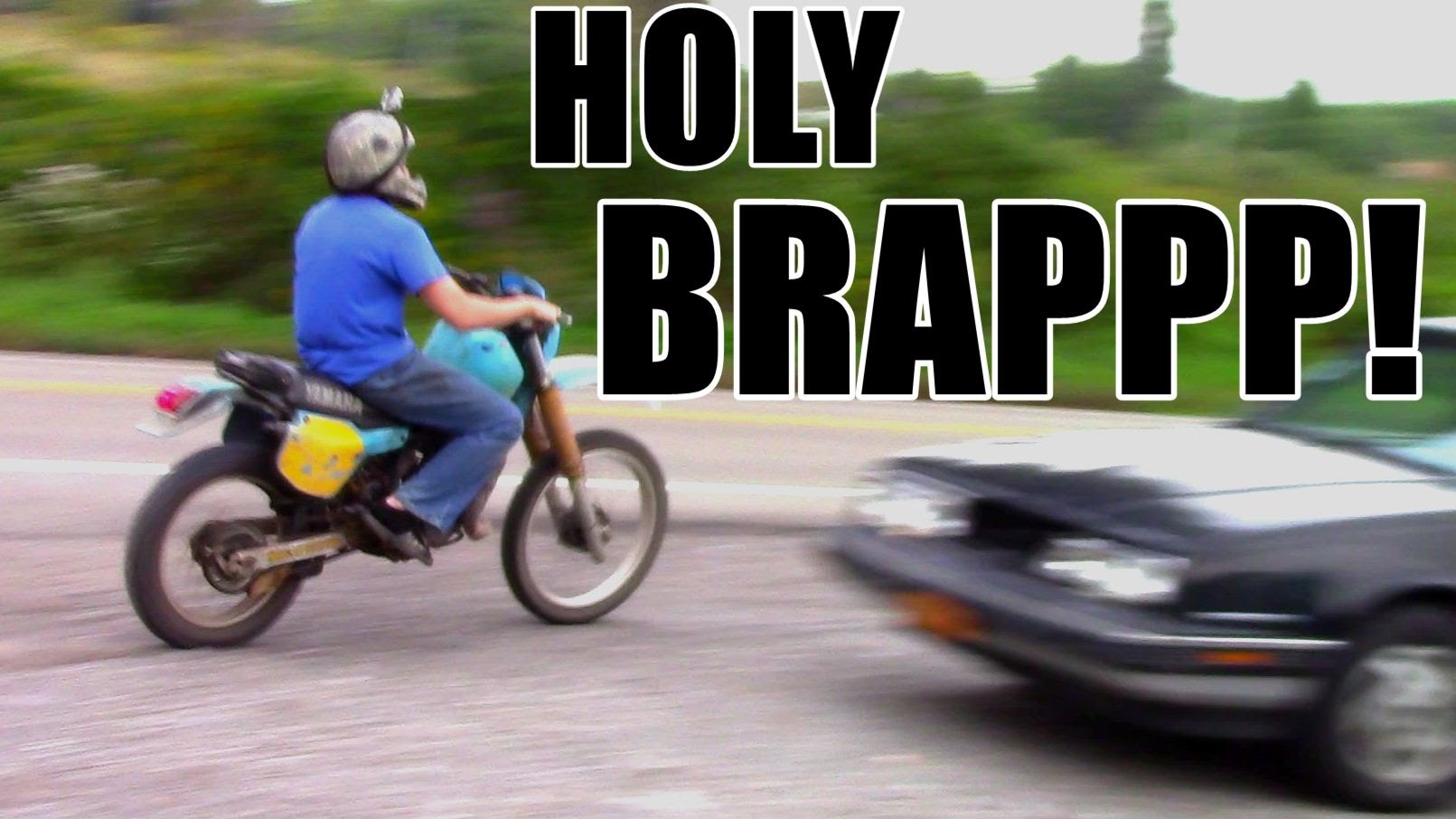
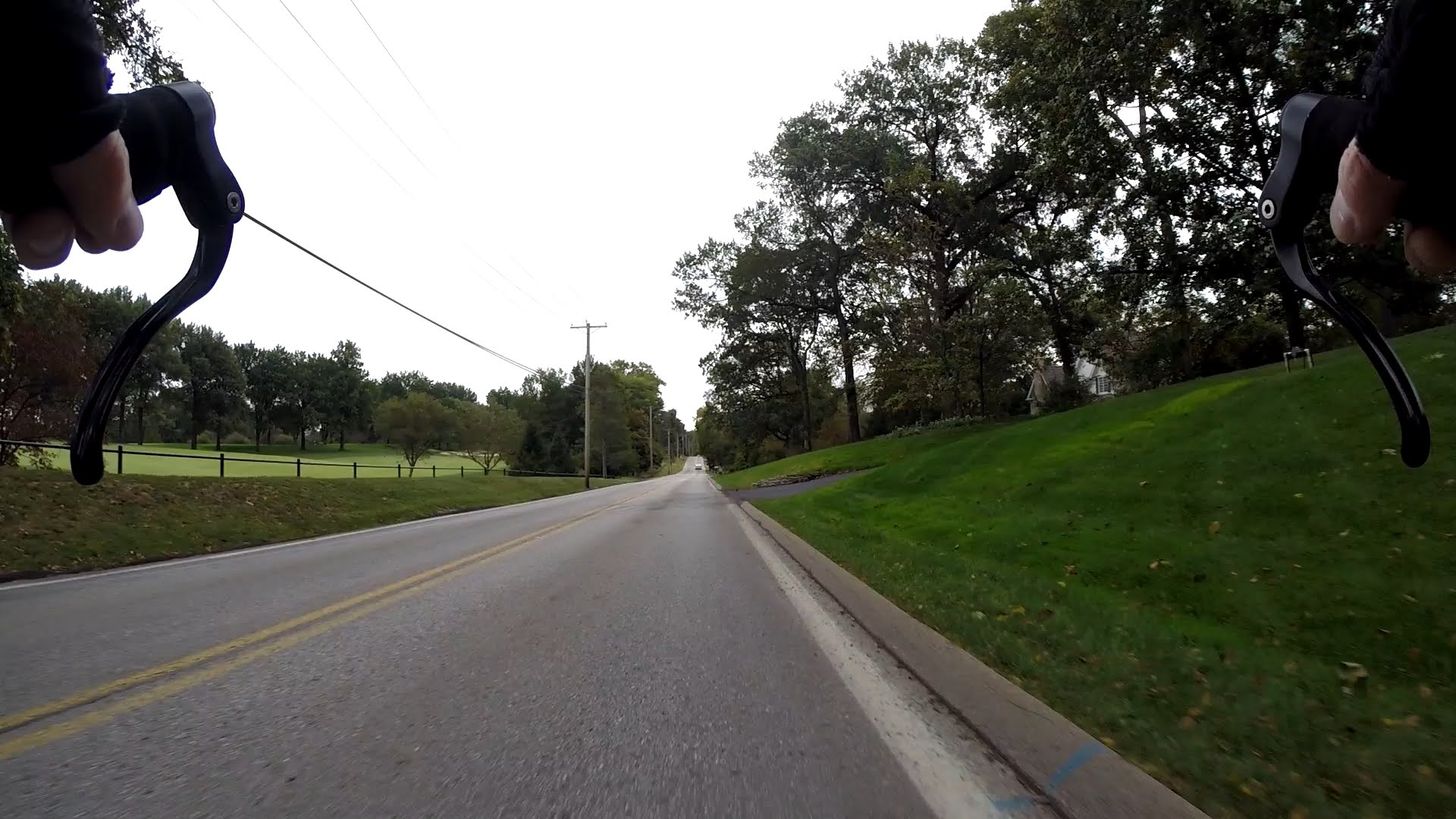
Awesome videos as always. What tire sizes are you running BB?
what type of camera do you use and where do you mount it?
i got a good mind to start a FB page just to spam the hell out of the EHT
POLICE FB page with this video.
“rural”
Nice ride ! Feel like going back out with my road bike .(lol) My road bike
have armadillo tireds . Commuting so fun now . Durability and speed .
Thanks for your videos . its great motivation. My commutes when from 50
miles into almost 80miles a week :)
You got a subscriber! Your videos are so relaxing. I commute with a bike
here in Berlin and had a lot of dangerous situations. How many bikes do you
have? Greetings.
I almost never take the road lane; trying to co-exist right? Assume almost
no one driving knows the rights of cyclists and then be pleasantly
surprised when they do. Otherwise one is going to be confrontational,
flipping arms every which way and not having a very nice ride if constantly
stewing about having their road rights impinged upon.
I can’t wait to get my road bike
You have got me riding 35 to 42 miles per week ,sense watching your videos
,keep them coming.
Thanks for the tips.